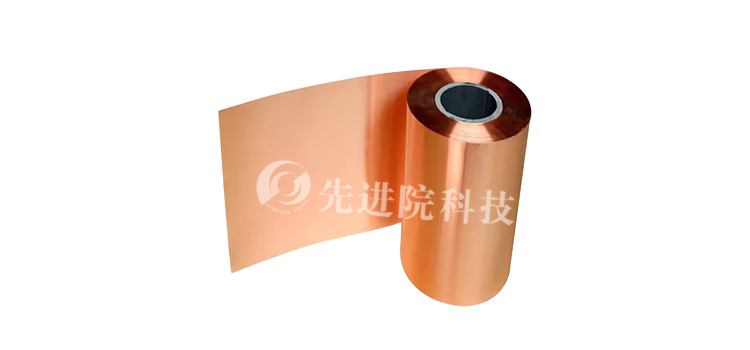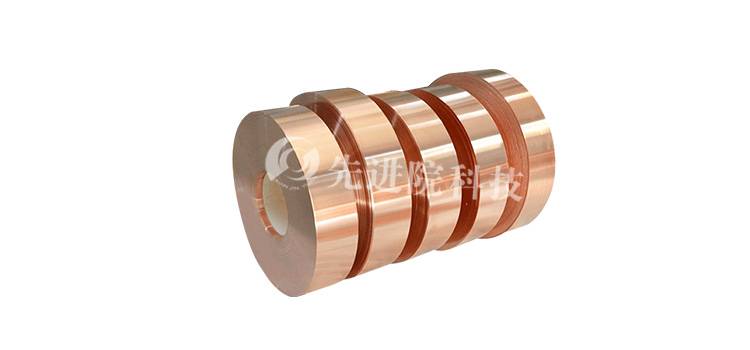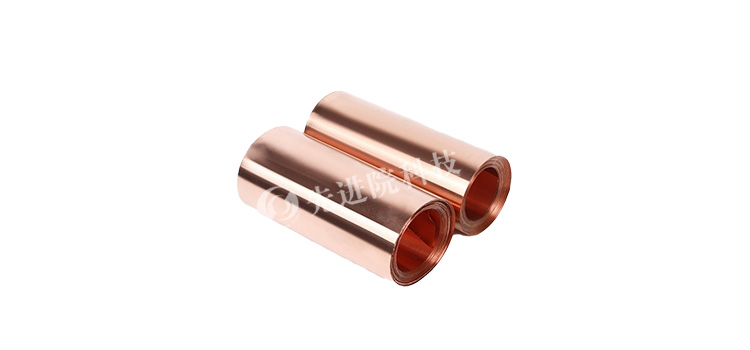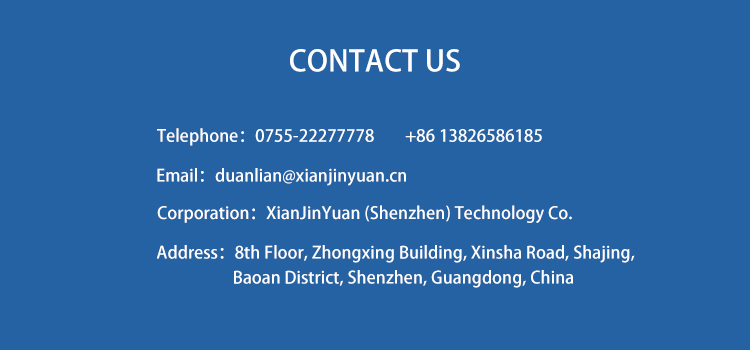1、 Introduction
PET copper plated film, as an important functional material, has a wide range of applications in fields such as electronics and packaging. However, it faces the challenge of corrosion during use, which can seriously affect its performance and service life. Advanced Institute (Shenzhen) Technology Co., Ltd. has been committed to the research and optimization of material properties
PET copper plated filmWe have conducted in-depth work on the evaluation of corrosion resistance and durability improvement of this material, aiming to provide strong technical support for its reliable application in various fields.
2、 Corrosion mechanism of PET copper plated film
The corrosion of PET copper plated film mainly involves the interaction between the copper layer and the external environment. In a humid environment, moisture will adsorb onto the membrane surface, forming an electrolyte solution. Copper, as an active metal, is prone to electrochemical corrosion. The corrosion process usually includes anodic oxidation reaction, where copper atoms lose electrons and become copper ions into the solution, while the cathode undergoes reduction reaction, such as oxygen gaining electrons to generate hydroxide ions. These reaction products may further combine with copper ions to form corrosion products, such as copper hydroxide, basic copper carbonate, etc. These products can affect the conductivity, optical properties, and mechanical properties of the film, ultimately leading to the failure of the PET copper plated film.

3、 Evaluation method for corrosion resistance performance
(1) Salt spray test
This is a commonly used accelerated corrosion testing method. Place the PET copper plated film sample in a salt spray test chamber and spray a specified concentration of sodium chloride solution according to certain standards (such as ASTM B117) for a certain period of time under specific temperature and humidity conditions. By observing the degree of corrosion on the surface of the sample, such as the time and degree of rust spots, copper layer peeling, etc., its corrosion resistance can be evaluated.
Advanced Institute (Shenzhen) Technology Co., LtdBy using high-precision salt spray testing equipment, the test conditions can be precisely controlled to quantitatively evaluate the corrosion resistance of PET copper plated films.
(2) Electrochemical testing
- Open circuit potential test: By measuring the change in open circuit potential of PET copper plated film in a specific electrolyte solution over time, its corrosion tendency in its natural state can be understood. A stable open circuit potential indicates that the membrane has good corrosion resistance, while rapid changes in potential may indicate the occurrence of corrosion.
- Polarization curve test: Drawing a polarization curve can obtain key parameters such as corrosion current density and corrosion potential of the film. The lower the corrosion current density, the lower the corrosion rate and the better the corrosion resistance. Advanced Institute (Shenzhen) Technology Co., Ltd. utilizes advanced electrochemical workstations to accurately measure these parameters and conduct in-depth analysis of the corrosion kinetics process of PET copper plated films, providing detailed data support for evaluating their corrosion resistance performance.
(3) Damp heat aging test
support
PET copper plated filmPlaced in a high temperature and high humidity environment, simulate harsh conditions in actual use. Detect the changes in various performance indicators of the membrane, such as conductivity, tensile strength, optical transmittance, etc., within a certain time interval. This experimental method can more accurately reflect the changes in the corrosion resistance of the membrane during long-term use, as high temperature and high humidity environments can accelerate corrosion reactions and other possible degradation processes.

4、 Methods to improve the durability of PET copper plated film
(1) Surface treatment
- Passivation treatment: using chemical passivatorsPET copper plated filmSurface treatment to form a dense passivation film. For example, using passivators such as chromate and molybdate can effectively block the external environment from corroding the copper layer. Advanced Institute (Shenzhen) Technology Co., Ltd. is researching and developing environmentally friendly passivators to reduce their impact on the environment while improving the stability and corrosion resistance of passivation films.
- Organic coating: Apply a layer of organic polymer coating, such as epoxy resin, polyurethane, etc., on the surface of copper plated film. These coatings can act as a physical barrier, preventing moisture and corrosive ions from coming into contact with the copper layer. By optimizing the coating formula and coating process, the adhesion and corrosion resistance of the coating can be improved, thereby significantly enhancing the durability of PET copper plated film.
(2) Alloying and Composite Coating
- Alloy coating: Adding a small amount of other metal elements such as zinc, nickel, tin, etc. to copper coating to form an alloy coating. These alloying elements can alter the crystal structure and electrochemical properties of copper, improving its corrosion resistance. For example, copper zinc alloy coatings with higher zinc content have better corrosion resistance because zinc is preferentially oxidized during the corrosion process, forming a protective film that protects the copper layer from further corrosion.
- Composite coating: Copper is combined with other corrosion-resistant materials such as ceramic particles, nano oxides, etc. to form a coating. These composite coatings not only have the good conductivity of copper, but also the corrosion resistance and stability of other materials. Advanced Institute (Shenzhen) Technology Co., Ltd. has developed PET copper plated films with excellent comprehensive performance by controlling the composition and structure of composite coatings, effectively improving their durability in complex environments.

(3) Packaging and protective structure design
In the application of PET copper plated film, reasonable packaging and protective structure design can also improve its durability. For example, in electronic devices, place PET copper plated film in a sealed environment to avoid direct contact with humid air and corrosive media from the outside world. At the same time, a multi-layer structure design can be adopted, with protective layers such as waterproof layers, anti-oxidation layers, etc. added on both sides of the PET copper plated film to further enhance its corrosion resistance and extend its service life.
5、 Conclusion
Evaluating the corrosion resistance of PET copper plated film requires the comprehensive use of multiple testing methods to gain a deeper understanding of its corrosion behavior and performance changes from different perspectives. Improving its durability can be achieved through various methods such as surface treatment, alloying and composite coating, as well as reasonable packaging and protective structure design. The research work of Advanced Institute (Shenzhen) Technology Co., Ltd. in this area provides technical support for the performance optimization of PET copper plated film. Through continuous exploration and innovation, it is expected to develop PET copper plated film products with higher corrosion resistance and durability, meet the growing market demand, and promote the development of related industries. Meanwhile, in future research, further attention should be paid to the cost-effectiveness and environmental friendliness of materials, in order to achieve sustainable development and widespread application of PET copper plated films.
The above data is for reference only, and specific performance may vary due to production processes and product specifications.






